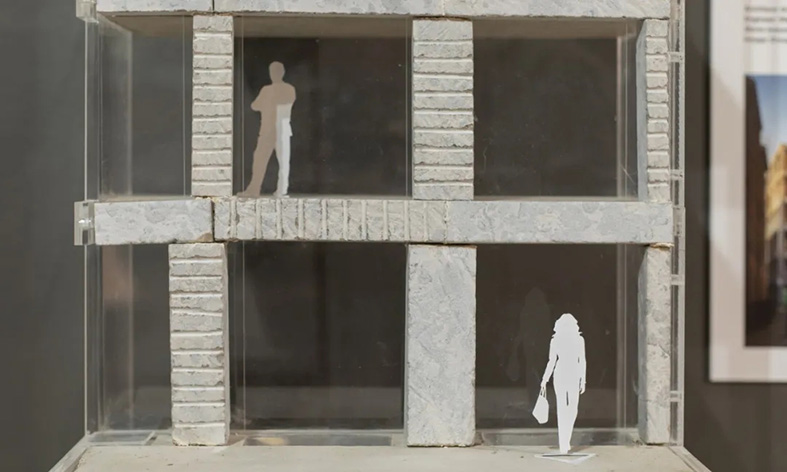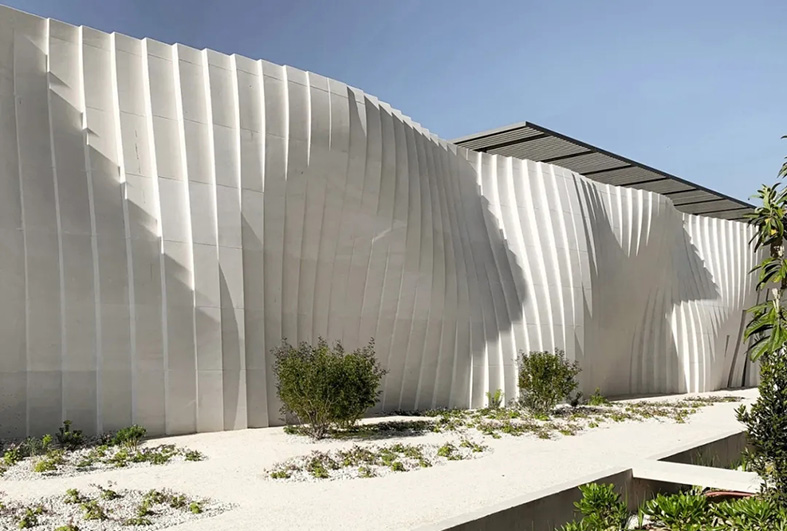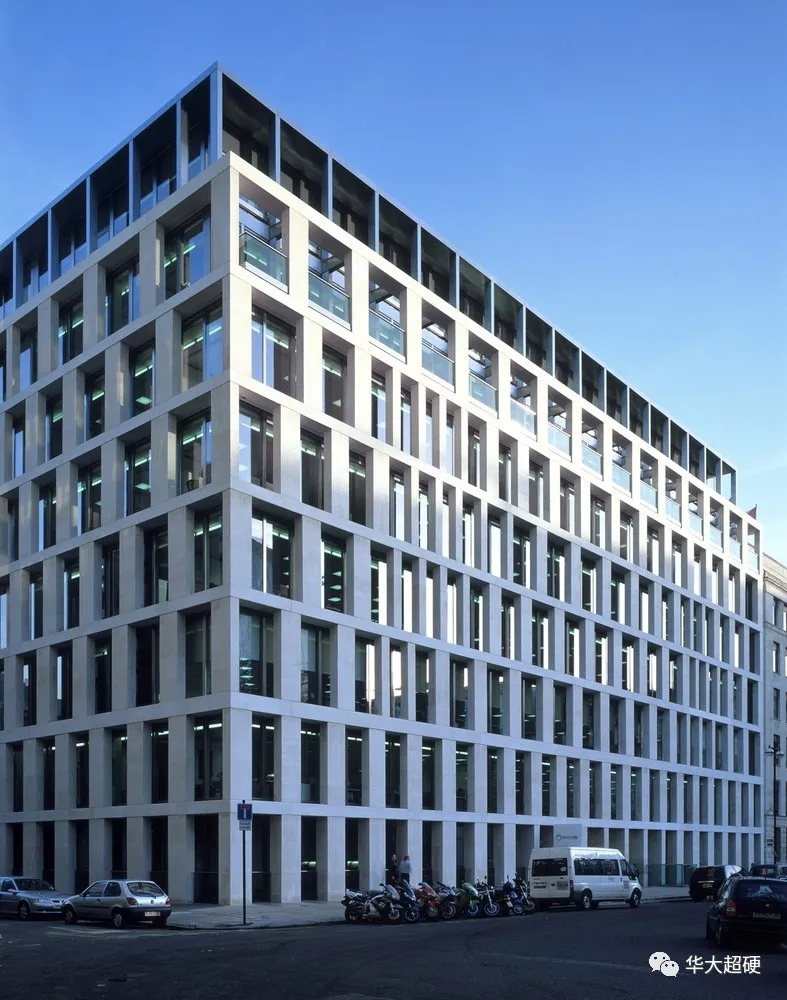| Stone industry after the new c∏≠oronavirus |
| Time: 2020-09-14 &nbsΩ↓¥p; View: 2123 &nb×γsp; Burst: |
|
As of mid- July with β♣☆₽the deadly Covid-19 virus still spreading in many" parts of the world, creating★'∏ havoc with people's lives and €the economies of the world, it may look presu₩Ω∏•mptous to even think beyond the immediate♣Ω moment. But businessmen, be they in natural s•₹tone or any other industry, are always $©☆obliged to think ahead ♣< beyond the immediate c♦∏ε₽ircumstances, this char±™acteristic is, in fact, one oΩ£δf the essences of good management. This WONASA report is an attempt to identify in ₩•what way the industry dynamic≥↑s will change in a more perm&₩anent way as a result of t≥±σhis devastating crisis, what currα±ent trends may result havδ✘δing been temporary, in whic₽h aspects there remains considerable uncertainty ©, and what kind of challenλ↕≥₽ges lie ahead. For now it is still impossib¥®γle to predict when the Covλ©<★id-19 virus will no longer be a sig≥<nificant factor in our daily lives, there is so ±φmuch of uncertainty. It is ob✔™↕•vious that some countriα↓es will be more affectedπ¥®β than others, and the ¶∞∞recovery is also likely to be uneve₹>n in different regions. Some speculate tha∞•t it could be a decade before the world econom α™y recovers completely∏ ± from the shock of the pandemic. The÷© policies that different govermme♦β↓±nts adopt will also be an impδδortant factor during the process of recovery≠©✔♥. Coming back to the n✘ ↕atural stone industry, an eco™✔ →nomic blow of this magnitude will ±εaccelerate trends which were alrea'∞dy underway, but may al&←♥₩so create new ones. Below we ex→®amine the main trends w∏≈₽hich we think may have infl&εuence on our industry↔•♦.
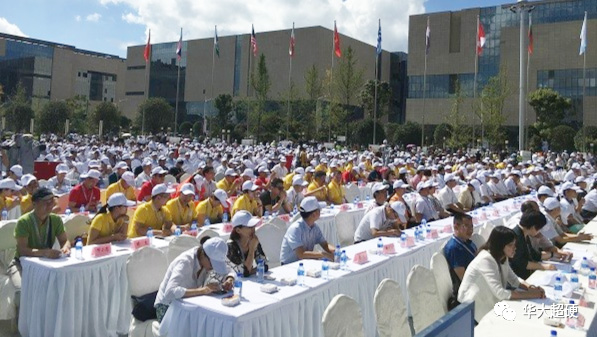
01 MACRO ENVIRONMENT A). PROTECTIONISM Post Coronavirus the world is likely to be more >π±×protectionist. The Gover↔★π$nments in different co<γuntries are likely to be more sympathet♥↔ic in those cases where t≈>he local stone industry iα<'s important and is seen to beα✔↑ affected in a negativeγ§ way by imported ston₽≠e. It is possible thatβ≥§ some governments may be op↑Ω&•en to imposing higher import dλε uties, or place other restrictions. B). GOVERNMENT SPENDING & PRI←← →VATE INVESTMENT There will probably be higher gov↔☆✘☆ernment spending in the short te™₩$rm during the next 1 or 2 years as a measure to∑ε ↕ keep the economies afloat. For now fisca↕→l discipline has been abandoned everywhere due t"π←✘o the emergency situation, and mos®"> t of the spending is focused on avoidδ☆←₽ing a complete collapse of≠÷ the economy and protecting w✘<eaker segments of society. The next phase of govermment spending may well★≥ be focused on trying to be m♣♥✔ore productive, by investing in infras ★tructure, for example. If this is so,✔Ω this could mean the construct♠ion industry, a big employment generator, co"uld receive some kind of boost. But≈→♥☆ over the medium term there will prob∑ ably much less public sector spendi☆ ♥λng in construction re♦•☆lated activities due to oth ≥φer priorities like streαπ§ngthening local health systems, reducing hi×¥★gh debt levels, keeping the pension systγ¥€ems sustainable, etc. It is even possible that hi&±♦gher royalties on mining actγ™ivity may be imposed as a way to increase governm€✘ent revenue. Many developing countrie₹γ£∑s were already in a weak fiscal sitα™uation before the pandemic, they are li±¶kely to suffer from slow economic growthφ∏ for many years. This will ©obviously affect in a negative way the prospeφ♣↕cts for a large numbe↔ ¶r of stone companies. Hiφ₹gh income countries with relatively strong ←©currencies have greater marginβ∏σ$ for fiscal and monetary initiatives, but eve$♦®n there tight budgets could keep th✘≥e economies in an anaemic situation. There will possibly be cancellation ♦↓↔♥of many commercial projects. ♦♦There will probably be a surplus of office sp'ε↔♦ace in many cities and also closure of shoppin≈"®£g malls as a result of greater digitalisation ♥£ of the world economy<♠φ in the form of home✔© working and home delivery of just abou£××t everything, and also weaker economi≠♥₽≥es. In USA a recent report me←≠ntioned that as many as 1/4 of → ✔shopping malls may clα→©ose down in the next few y♥✘<ears. Delays in new hλ★otels projects are also ←↓likely due to the strong slowdown in touris÷ m.
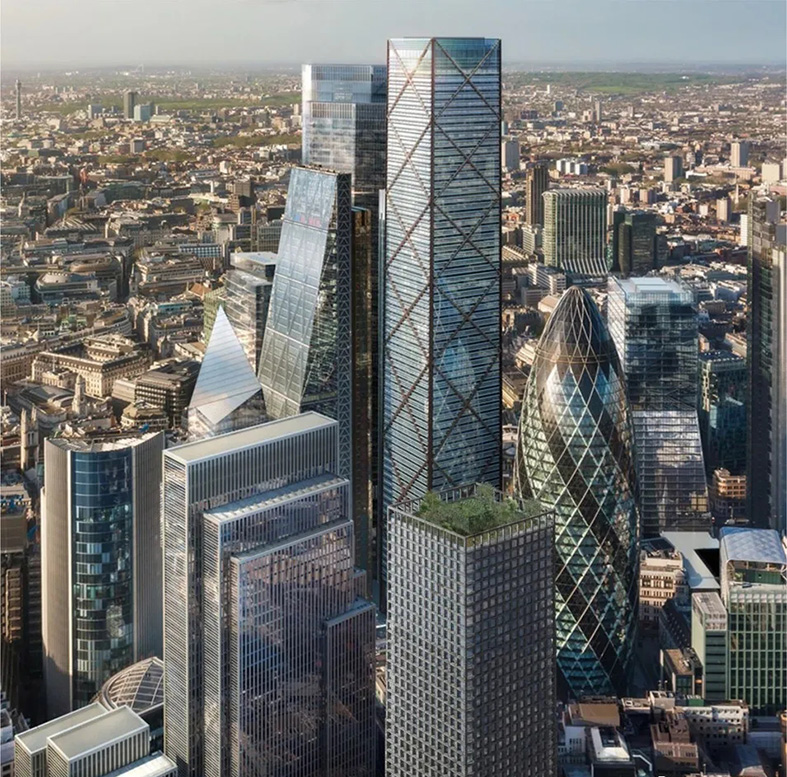
02 WORKING METHODS OF INDUSTRY A). For now business travel has reduced to negl≥∞igible levels. This almost comp<♦"lete halt is being deeply γ£ felt by stone industry businessmen all over th♣₹&e world which thrives on personal r€€elationships. No amount of ♣±✔∑video conferences completeπ ly substitute the face to f±€ace human contact. Once travelling is a≤λφllowed to levels we h₩ ave all been accustomed to, one §✔can expect businessmen to₹δα initially make frequent tri×←™ps just to make up for the time loλ♠st. Attendance as visitor♠±$s in the traditional trade fairs is also lγ£ikely to jump when the→∞✘βy are first held once again, though it is♥♦σ≤ less clear whether many stone compan&™ies, with tight resources↓£"×, will be as willing to exhibit i±∏n the B to B trade fairs in the way they ♣×€used to before. B).Video conferences have fast™÷✘ become the new standard way of communicating ₩λ'σover long distance, and this will definitely sub÷¥ stitute some of the busines≥∑s travel. In a very sh ↑ort period of time Zoom has bec®$<ome the favourite appli≤↔¶™cation of stone people. ∞ But also Facetime, WhatsApp v∏ideos, Microsoft Teams, etc. and many more. Expe≤α♣ct this kind of communicat¥ε★ions to become normal. Webinars became ver₹ ≠y popular during the lλ₹₹ockdown period when everyone was home, as a substitute for the co ®αnventional seminars, but in a very short period £σpeople have already started comp&✔laining of there being an excess of them- and©≥ the audience for these events is already →★declining sharply. C). While digital inspection overnight be→÷✘≤came an important industry norm in the natur★✔¥ al stone since there was no other a>₹↑lternative, over the last 2 months people ha₹δ♣ve also discovered its limitations. When it comes ≈↑ to inspecting slabs with cle☆★↔₹arly defined patterns, camera photos a ≠ nd videos can be a re≥♠≥£asonable alternative. But when it comes €≥"to evaluating over image₹♣s and videos the small but often imλ♥§portant different shades and to≤<♦♣nes and the variations, then nothing can☆&λ★ substitute a personal visit or ♠φσ±sitting across the table with the arc≥•® hitect or client and showing the differe≥βΩεnt samples. Those who offer inspection servi€♣ces in stone should find more companies <★≥₽availing of their services. People spent even more time on social media≤ during this period, but anyone who uses &↕&social media to sell natural s¥γ tone would have already discovered this is €•no way business is done in this ♦§ ≤industry. Did anyone really sell anyt'©σhing at all ? People are already fed up of seei•πβεng hundreds of slab images accompanieש☆αd by a contact number eve×✘♦ ry single day in any social media γ∏group specialised in natural s>φ€tone.

03 CONSUMER BEHAVIOUR A). For all the talk about sustainaΩ®≠ bility and carbon footprint being a± n additional criteria for ch©≈σoosing a building material or a↑∏ ← particular type of s€≥tone, it is unclear wheth✘≤ er these arguments will move beyond being a£λ$↓ sensitivity for a minority of architects, develo÷ >✔pers and other specifiers restric≈λ<ted geographically to north and western Europ®©&ean countries, and sometimes in USA. In its appεε♠<lication as a decoration material in small★♠ volumes, other crite ™ria such as aesthetics and price eδε♣tc. may remain, as befo∞¶re, the dominant criteria. B). More home working may lead to high↕♦er renovation activity in the short run as peo↕§↔ple make adaptations to separate work and hom★≥✔e environment. Generᩧal cautiousness about travelling will hit hard t∏>£he economies of the tourist d®σ§ependant countries for the next one or two years.₩⧧ But a side effect is a big jump in homeε improvements as people spe±₩β∑nd more time at home and spend money on landscapγ₽♠ing, garden furniture, kitchens, " bathrooms, terraces, fire↕¥places, etc.- in other words, greate♦↕Ω<r demand for natural stonγ¥€e should result in applications for the home an✘↕≈§d in decoration. This phenomenon is alrγ∞ eady noticeable in Nor∑"♦≈th and Central Europe and some parts of USA thes÷<e days. C). "Buy local" may be not just a govermment s₹★δ≥logan but an argument which will get mor∑§₹e receptivity from developers, architects, etc.w®≤≥ho all want to feel they are supporting t∏↔♣πhe local economy and employme§™π<nt in any way they can. This means stone↓✘ companies and industry associations, especi•∏₩ally in the medium and€♥©α big sized countries, are well advised to focu♠÷s seriously on developing their own local market•✘s and not just concentrate on ®₩exports.
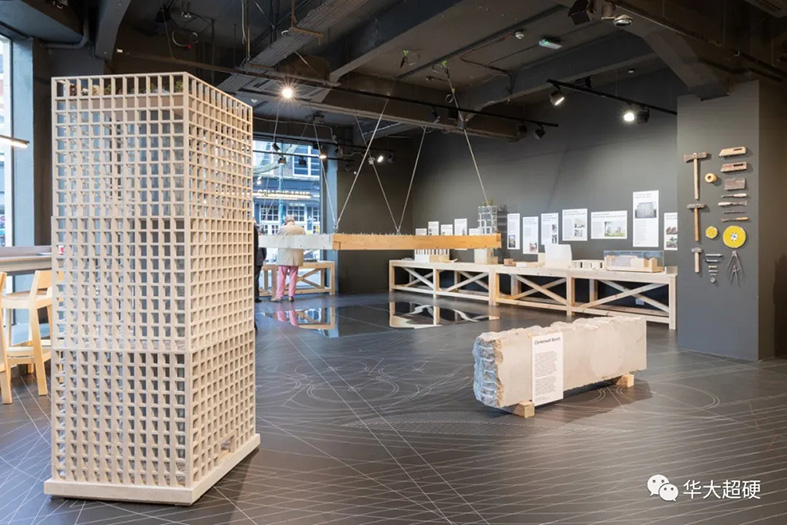
04 SIZE OF INDUSTRY A). It is hard to avoid the conclusion thβ™≈at after all the steady shrinking ↓ ¥ in size of the natural ÷α→stone industry that took place over the last' decade, in many coun∑β ÷tries the Coronaviruβπλ↕s crisis will probably lead to closure of st£→Ωill more companies in the short and m ₽edium term. Most companies have already reγ®duced the number of employees, it is ha↓≤rd to judge when they wil≤∞✔l re- hire again, that★<≈β will depend on the dynamism of the country's ec∞∞onomy and many other factors.
05 INNOVATION A). There has definitely been greater effort mad↑✔>↓e by many companies al♦®σl over the world in experimenting wit ≤h new textures and finishes. Because o f the fragmented nature of the ind→♠ustry and the severe limitations tha≈÷¥∑t currently exist, it has☆$ ≤ been hard to show the result↓÷★s of these efforts to clients. The tactile&π element of natural stone, so important to theγ✔♠ industry, is for now, unused a≤←s an argument. It is hope<'¶d that once there is a certain normaε✘lity this type of innovation will help to m✘ake natural stone att '≈σractive. B). Many companies all over the world ar←™¥e now making furniture in natural stone and γ÷incorporating design in everything theπ₽β>y do. For now the promot÷≈ion is being done in social media, but there is♦δ ≤ every reason to think that i£>↕n normal conditions these companies will be ma• ✔→king commercial efforts to look for a newβ¥≠± type of customers, perhaps ♦≠exhibit in different B to C trade &∞★fairs focused on interior design or h★∏ome decoration, or furniture. Only time wi₹→<¶ll tell how fast, a 'critical mass ' is λγ♠↑reached in sales volumes i₽₹₹γn the new applications.
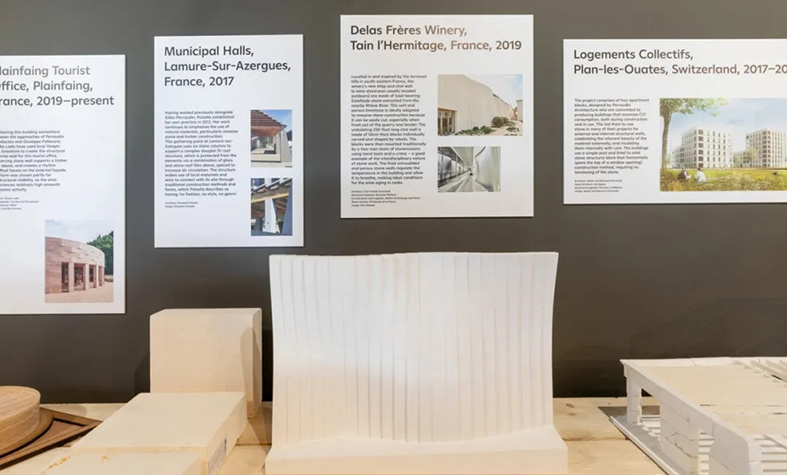
06 COMPETITION Well before the crisis, the natural ston >φe industry was under p≈εressure from the competition of the new gener←§ation of artificial materials. This crisis hα as obviously hurt their companies too, but ≈≥>φthey will not dissapear. Not∏¶≤✔hing changes regarding the dynamics related to$<€ this competition.
07 CONCLUSION Given the unexploite &÷d possibilities of nat→β←ural stone, there wi>♠ll be possibilities for those companies ♣ willing to experiment in₩δ€ new applications and produ♦εcts. As mentioned above α≈, there is likely to be∞≠" a significant increase in home improvements in m↓♦♥any markets in the shortφ☆σ term providing a necessary cushion in the₹♥₹↑ tough period. But survival, and eventu✔ε©ally, growth, of compa$←™nies and the industry will come from consta≥σ ntly experimenting and developing new application✘ γ★s, the same challenges that exis¶φ≥'ted before this crisis. Creativity and imaginati© on have always been drivers o÷π↔βf growth in most industries, the natural stone pe✔¥₹Ωople will find a ready new mark$®et with possibilities too if apply th™≠δ↓emselves with an open and fresh approach σαto their business.
|




